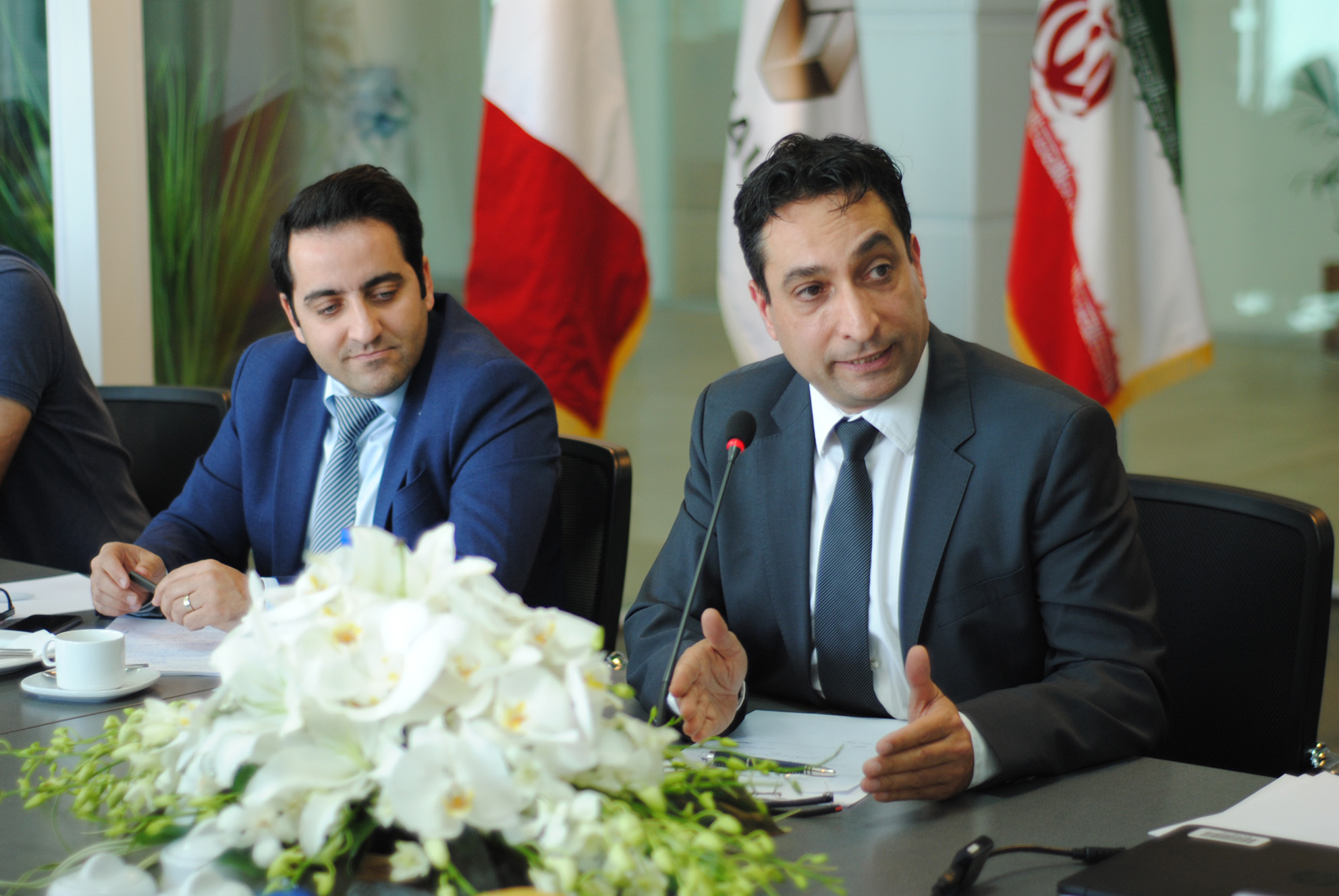CEO of Renault Pars spoke about his company’s progress in reestablishing its presence in the Islamic Republic.
At a press conference in the Iranian capital on October 17, Peyman Kargar announced that under the new joint venture between Renault and Iran’s Industrial Development Renovation Organization, large projects, including the establishment of a research and development center as well as a new auto parts factory, would be implemented.
Kargar, who is also the company’s vice president for Africa, Middle East, Iran and India, noted that Renault was already cooperating with two car associates: SAIPA and IKCO that are partly owned by IDRO.
“For this reason, it did not need to seek a new private automotive partner,” he said.
The company’s partnership with IDRO is for accelerating production and boosting sales and after-sales services, while it paves the way for Renault’s investment in mechanical and auto parts manufacturing.
“Renault’s part of the joint venture is to bring its technological knowhow, sales and after-sales services to Iran,” he said.
According to Kargar, one of Renault’s biggest assets in Iran is that it relies on locally produced auto parts in its vehicles.
In the context of the recently signed JV, a new factory exclusively for Renault’s products will be created in the country for the Symbol and Duster models.
Based on the initial agreements between Renault and the Ministry of Industries, Mining and Trade, at least 30% of the joint venture products are bound for the regional market, with those vehicles being the French firm’s latest product.
Kargar also said Renault will be setting up exclusive sales and after-sales network with the goal of delivering services that are on par with international standards.
“The new joint venture does not mean that we will stop working with Iran Khodro or SAIPA,” he stressed.
Goals
Following the cessation of sanctions in January, Renault announced that it suffered losses worth €500 million during the time Iran was disconnected from the global supply chain.
Kargar noted that sanctions were not the only issues the company faced. He added that the prior business model and auto parts suppliers were also at fault.
On a more positive note, the company official said they are now pushing ahead with the Sandero and Sandero Stepway models, “due to high customer demand”, he added.
The company official said Renault now produces 500 cars a day locally, which is up from 50 units in previous years.
“We aim to produce 600-700 units daily by January,” he said.
Within strategic partner countries, Renault’s production policies stipulate that 60-80% of each vehicles parts are produced by local producers.
“Iran already produces 60% of the Tondar 90 (Dacia Logan) model,” he added.
He further said 40% of the Sandero model are produced locally, but the target is to increase this to 60%.
“When the Symbol and Duster models hit the road, up to 80% of their parts will be made by Iranian manufacturers,” he noted.
“This will allow us to increase production figures and sell the cars in an economical price range.”
Kargar also spoke about the hotly anticipated Kwid model, which recent photos on an Indian auto blog reveal are already in the country.
“The car has plenty of potential [for the Iranian market] and Renault plansd to produce the vehicle in other strategic countries as well,” he said.
Safety Concerns
Kargar declared that Iranian regulations, which are tougher than Indian ones, ensure that the model coming to Iran will have added safety features.
The comments address concerns by some of the shocking results the car received in EuroNCAP crash tests earlier this year, as it received only one star in the head-on crash.
“Although 80%-90% of the two models may be similar, the Kwid is being reengineered to meet the regulations of Iran,” he said.
He added that the Iranian Kwid would be closer to the model made in Brazil.
The model’s estimated price is 300 million rials ($8,550) and competes with SAIPA’s Pride and Tiba models.
The CEO dismissed any comparison between Kwid and Pride, as the latter is on the way out after its long reign as the cheapest but overpriced and substandard model in the domestic market.
Renault’s plans for keeping the price of the Kwid low are to optimize design, manufacture the vehicle at an exclusive plant and produce in high numbers, namely 200,000 units every year.
Kargar noted that we are confident that customer demand will be high for this model.
“According to our estimates, consumer demand for the model will be a minimum 150,000 units per year. We will not be working with SAIPA for the production of Kwid,” he said.
“If we do not reach an agreement, we will manufacture the model independently.”
He added that almost three years ago, Renault and SAIPA held negotiations to produce the Kwid as a replacement for Pride.
Kargar said the deal could have happened, if SAIPA were to pull the breaks on the production of Pride, “but SAIPA has other plans for replacing the Pride”.



